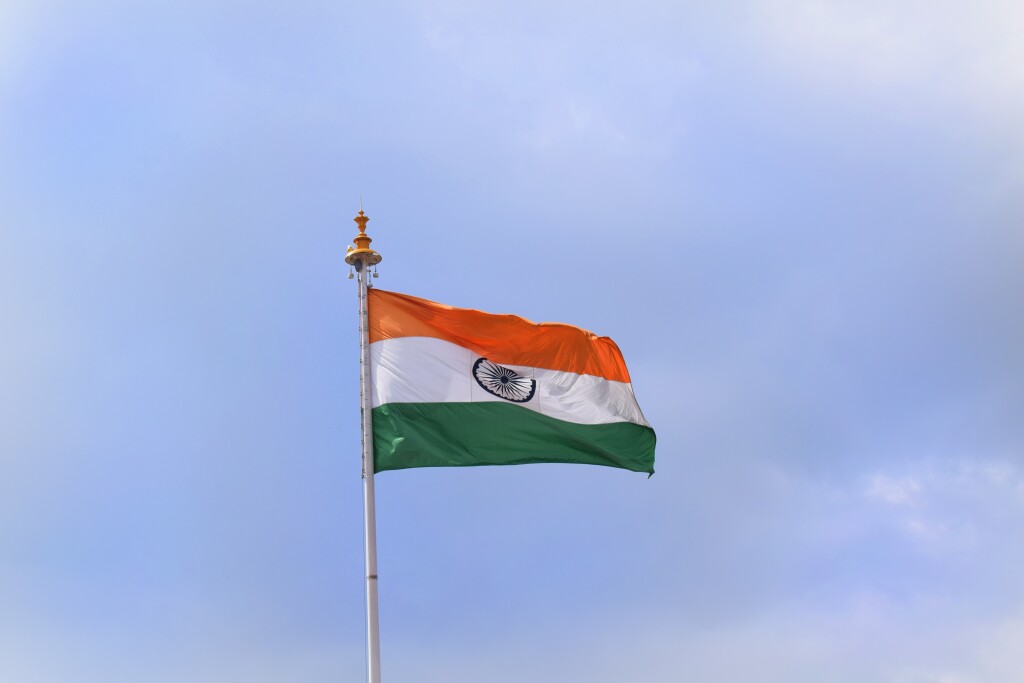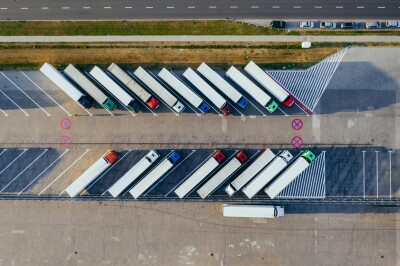With the recent announcement of the historic first End-to-End BVLOS Drone Delivery Trials, India is making a giant leap to become a global leader in BVLOS operations. In a press release dated 16th of June 2021, ANRA Technologies announced that stakeholders from the India Ministry of Defense (MoD), Directorate General of Aviation (DGCA), and Ministry of Civil Aviation (MOCA) awarded final clearances to commence trials for Beyond Visual Line of Sight (BVLOS) operations in India.
As on-demand deliveries are becoming a reality in India, all regulatory approvals have been granted, and operations can begin.
According to the press release, this program has been brewing for months. An enormous amount of effort has been profuse in planning, risk assessments, air traffic control integration, training, equipment preparation, and coordination, culminating with the first flight on the 16th of June, 2021.
Out of the several selected participants in the program, ANRA Technologies has been approved by the Government of India MOCA to lead two consortia as part of this pioneering initiative. One consortium, focused on food delivery, consists of ANRA and their partners Swiggy, renowned Indian Institute of Technology, Ropar, and BetterDrones. The second consortium, focused on medical deliveries, includes ANRA and the Indian Institute of Technology and Ropar.
In a first for Indian airspace, the platform will provide execution and management of drone operations in controlled and uncontrolled airspace with seamless integration into the country's legacy Air Traffic Control systems.
The data gathered and critical learnings from the flights will support India's nationwide operational UAS Traffic Management (UTM) platform called Digital Sky. The outcomes will enable industry, government, and regulatory stakeholders to determine the necessity to support interaction and data exchange between UTM services suppliers. The programs will also seek to establish how critical emerging standards, including Remote-ID and Detect and Avoid (DAA), may be integrated into an overall Digital Sky UTM framework.
A recent study of the Federation of Indian Chambers of Commerce and Industry (FICCI) estimated that the drone sector could contribute 4-5% to India's GDP due to a multiplier effect with a market potential of $40 billion by 2030. It is ever more evident that following the legalization of the commercial use of drones in 2018, India is looking at ways to fast-track its policies and prepare the local industry for a significant push into the drone services segment globally.
















Comments